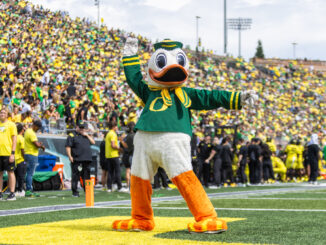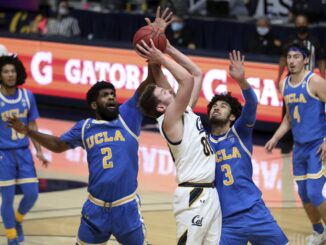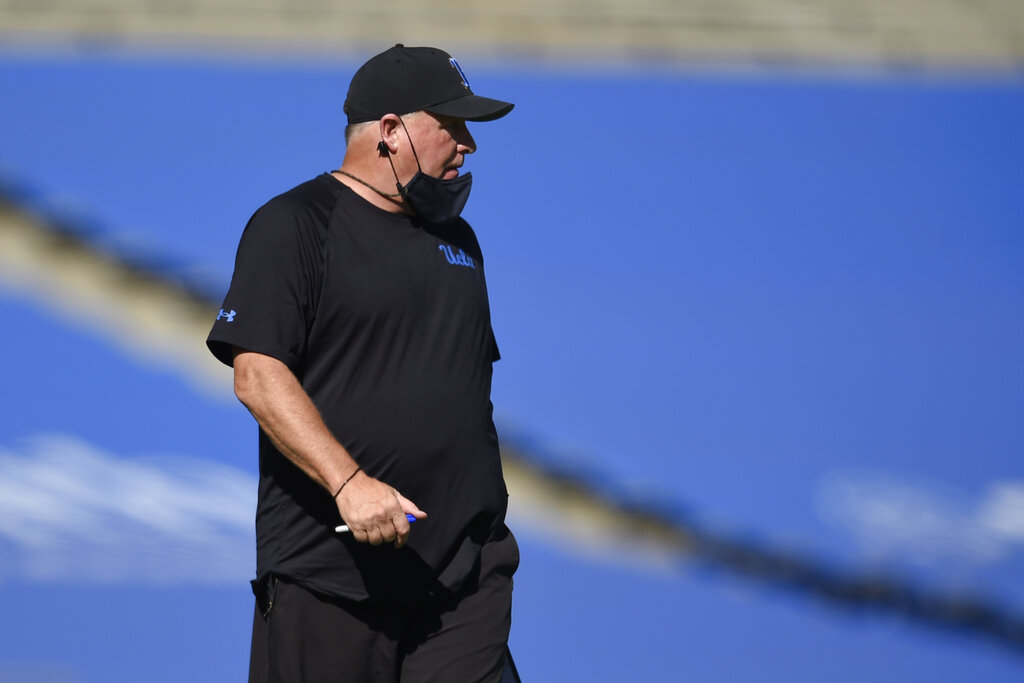
Now that Savvygameline has produced its preseason rankings, it is a good time to find out why the system has assessed PAC-12 North teams the way it has. I don’t suppose I will ever discover all of the secrets among the multiple thousands of interactive Savvy cells, but the more apparent aspects such as trend lines, current aggregates and performance projections are easy to notice and should give us some pretty good clues.
6th – Oregon State
Despite some downward trends the past couple of years, Savvy has the Beavers ranked higher nationally than at any time since 2016. But why? The answer is found in three upward spikes: 1) the defensive front is projected to be more effective; 2) leadership returns nearly intact; 3) four transfers with four-star status are now eligible.
There are two cautions. One is for the secondary which rates among the weakest in terms of returning production. The other is for a receiving corps that must get better if it is to keep opponents from overloading a strong rushing game led by Jamar Jefferson who was just named to Sports Illustrated’s top 100 players.
It’s important to keep an eye on recruiting. Under Gary Anderson, the Beavers were ranked 40th and 45th nationally but fell to 66th this year.
5th – California
Coach Justin Wilcox is one quarterback and ten fewer turnovers away from moving up in the North. Unfortunately, that won’t happen this year because Chase Garbers is back at quarterback after throwing nearly 4% interceptions (2.2% is about normal). The bears don’t seem to have any alternatives and not a single quarterback signed with Cal in the off-season.
Last year, Cal was 80th for rushing the football and 101st for passing it. Savvy-projections indicate that neither will improve in 2019 but Cal’s defense projects as possibly one of the five best in the nation and has been responsible for the Bears slowly creeping higher in Savvy rankings.
4th – Washington State
The Cougars have won 31 games in the last three seasons and they have strong trends and returning production all across the Savvy switchboard—except for a proven quarterback. I believe coach Mike Leach and the Air Raid system will produce a new hero in the Palouse but until that is known, there is nothing to fill the data void on Savvy. If WSU fills that gap, the Cougars will contend well.
For those who are not WSU fans, you might benefit from knowing that the Cougar defense is likely to be among the top 25% in college football.
It seems probable that as summer workouts develop, Washington State will replace Stanford as the third-place team in the Savvygameline PAC-12 North rankings.
3rd – Stanford
Does anyone know what Stanford is doing? From the bowl game of 2017 and throughout the latter part of 2018, the Cardinal abandoned Bryce Love and its rushing attack. Has coach David Shaw gone to the dark side? Has he now calculated that his best path to the FBS championship is with a hot and frothy passing emphasis? And one final question. When was the last time a team with a hot and frothy passing emphasis won the FBS championship?
K.J. Costello returns at quarterback. While that might be good news for Stanford, it isn’t such good news for Costello because returning rush production and pass receiving are both projected at less than the national average.
Over all, Savvy-metrics point to fewer than nine wins and one look at the Cardinal schedule compounds that notion. Stanford’s first four games include hosting Northwestern, the defending Big-10 West champion, Oregon, the PAC-12 North favorite, and road games against USC and UCF.
It’s not a stretch to think Stanford could be 0-4 by the third Saturday of September.
2nd – Washington
Apart from the quarterback position, the Huskies return a hearty 73% of their production from a program that has ruled the North for several years.
Oregon’s returning production is similar which means that, except for a few lessor differences, Washington is second to Oregon in the North primarily because of its uncertain quarterback situation.
UW lost four-year starting qb Jake Browning while Oregon returns three-year starter Justin Herbert. Former five-star Georgia transfer Jacob Eason was thought to be the filler of the quarterback gap but he has failed to separate himself from Jake Haener who, as a freshman, threw just 13 passes and established a worrisome 7.6% interception-to-attempt ratio.
It would be risky to project much on Haener, but if we compare Eason’s time at Georgia to Herbert, we find that Herbert surpasses Eason in completion percentage, yards-per-completion, touchdown ratio, interception-to-attempts ratio, and rushing yards per carry.
It’s also important to note that Washington’s trends have been slowly declining while Oregon’s have been slowly ascending.
1st – Oregon
Coach Mario Cristobal has been on an intense mission to build the Ducks into a program that challenges for the national championship. He has hired a premier staff, recruited among the elite, beefed up the trenches, and worked with an exhaustive commitment to player conditioning and personal accountability.
With immense talent returning, Justin Herbert quarterbacking, and defensive coordinator Avalos bringing a disruptive defense, this could be the year UO returns to the playoff.
However, Savvygameline points to two areas of concern: 1) The system measures Oregon’s effective, returning receiver production at 44% which is below the Savvy national average. Penn State transfer Juwaan Williams should help but he’ll need others to step up. 2) The Ducks were unimpressive for bringing pressure last year. Perhaps the edge rush of freshman Kayvon Thibodeux and the Avalos schemes will be enough to solve that issue, but until that is known, the concern remains.
The run to the PAC-12 North championship should be competitive with as many as three teams still in the hunt when we reach November.




